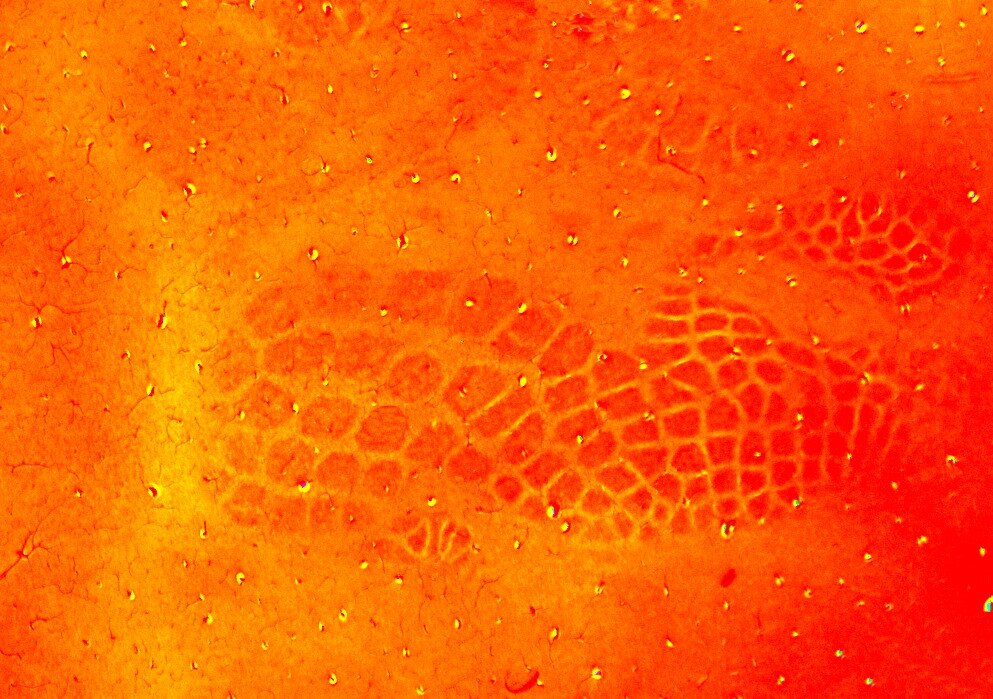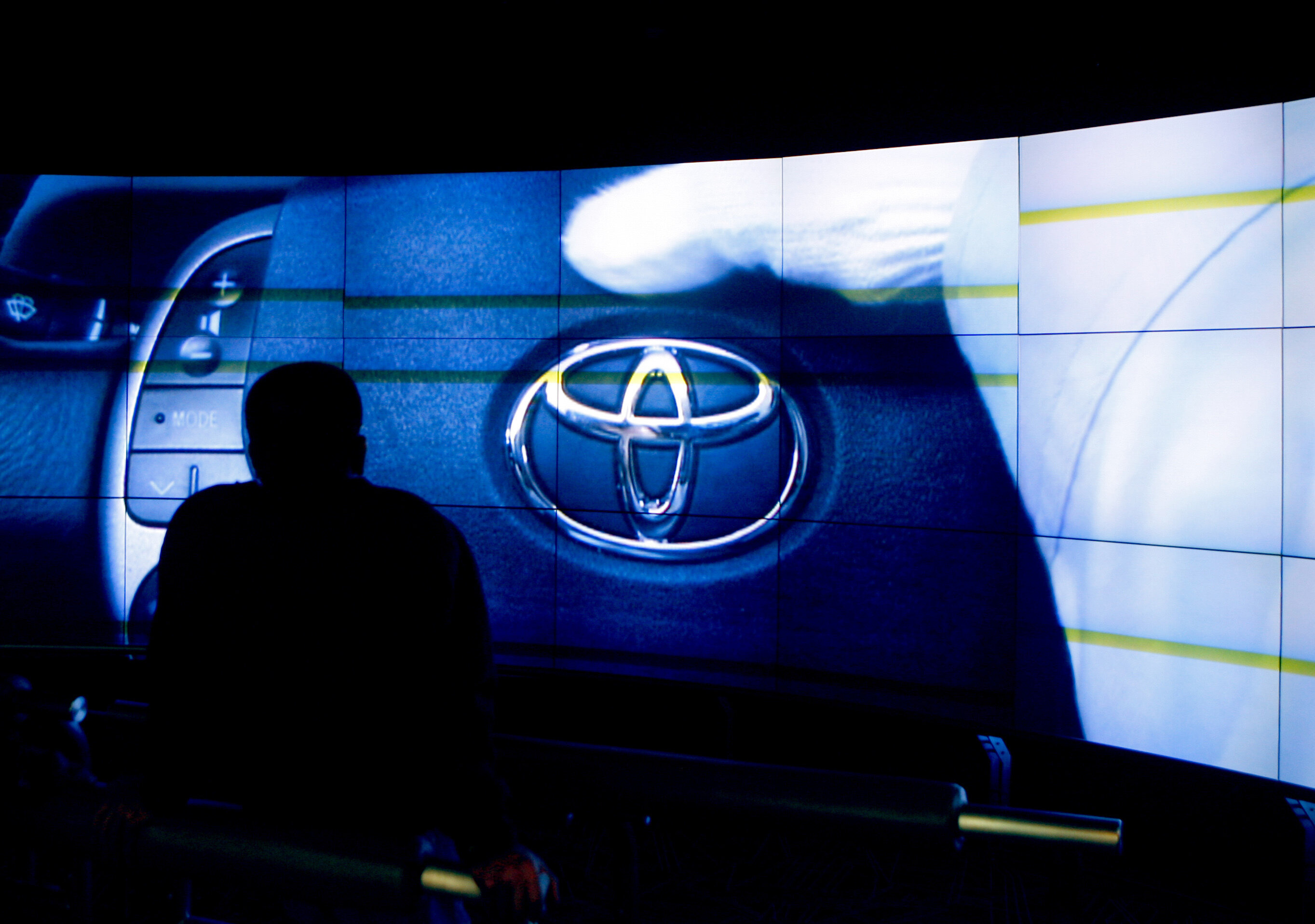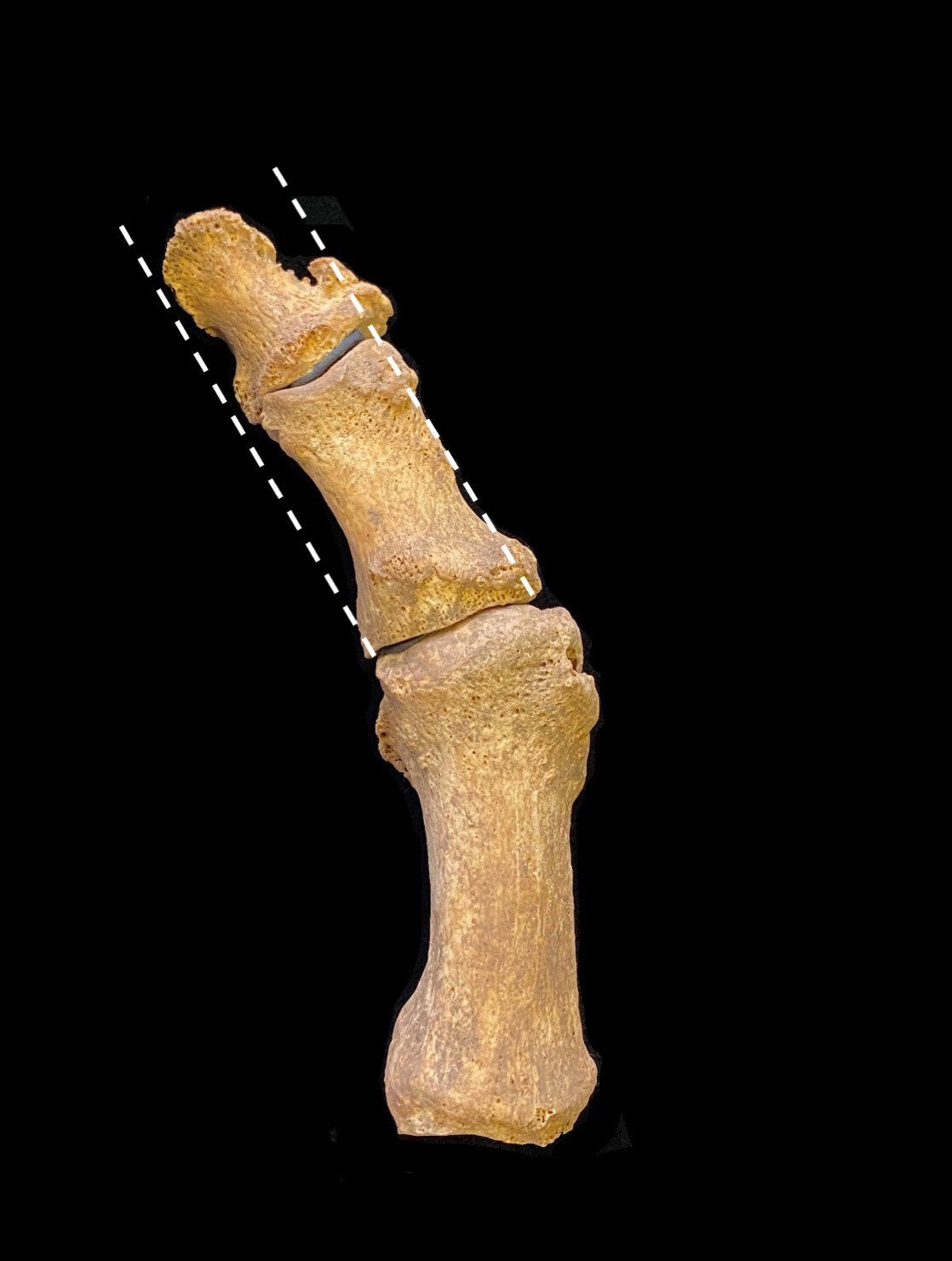#Brain circuitry shaped by competition for space as well as genetics

“#Brain circuitry shaped by competition for space as well as genetics”

Complex brain circuits in rodents can organize themselves with genetics playing only a secondary role, according to a new computer modeling study published today in eLife.
The findings help answer a key question about how the brain wires itself during development. They suggest that simple interactions between nerve cells contribute to the development of complex brain circuits, so that a precise genetic blueprint for brain circuitry is unnecessary. This discovery may help scientists better understand disorders that affect brain development and inform new ways to treat conditions that disrupt brain circuits.
The circuits that help rodents process sensory information collected by their whiskers are a great example of the complexity of brain wiring. These circuits are organized into cylindrical clusters or ‘whisker barrels’ that closely match the pattern of whiskers on the animal’s face.
“The brain cells within one whisker barrel become active when its corresponding whisker is touched,” explains lead author Sebastian James, Research Associate at the Department of Psychology, University of Sheffield, UK. “This precise mapping between the individual whisker and its brain representation makes the whisker-barrel system ideal for studying brain wiring.”
James and his colleagues used computer modeling to determine if this pattern of brain wiring could emerge without a precise genetic blueprint. Their simulations showed that, in the cramped quarters of the developing rodent brain, strong competition for space between nerve fibers originating from different whiskers can cause them to concentrate into whisker-specific clusters. The arrangement of these clusters to form a map of the whiskers is assisted by simple patterns of gene expression in the brain tissue.
The team also tested their model by seeing if it could recreate the results of experiments that track the effects of a rat losing a whisker on its brain development. “Our simulations demonstrated that the model can be used to accurately test how factors inside and outside of the brain can contribute to the development of cortical fields,” says co-author Leah Krubitzer, Professor of Psychology at the University of California, Davis, US.
The authors suggest that this and similar computational models could be adapted to study the development of larger, more complex brains, including those of humans.
“Many of the basic mechanisms of development in the rodent barrel cortex are thought to translate to development in the rest of cortex, and may help inform research into various neurodevelopmental disorders and recovery from brain injuries,” concludes senior author Stuart Wilson, Lecturer in Cognitive Neuroscience at the University of Sheffield.
“As well as reducing the number of animal experiments needed to understand cortical development, exploring the parameters of computational models like ours can offer new insights into how development and evolution interact to shape the brains of mammals, including ourselves.”
Sebastian S James et al, Modelling the emergence of whisker barrels, eLife (2020). DOI: 10.7554/eLife.55588
Citation:
Brain circuitry shaped by competition for space as well as genetics (2020, September 29)
retrieved 29 September 2020
from https://phys.org/news/2020-09-brain-circuitry-competition-space-genetics.html
This document is subject to copyright. Apart from any fair dealing for the purpose of private study or research, no
part may be reproduced without the written permission. The content is provided for information purposes only.
For forums sites go to Forum.BuradaBiliyorum.Com
If you want to read more Like this articles, you can visit our Science category.


